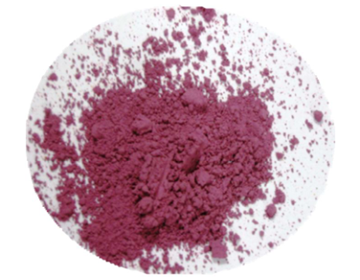Search
PRODUCT CENTER
- Sytheon
- Cargill
- Provital
- EXPANSCIENCE
- Imerys
- Patech
- Practical
- TEN
- Huiwen Biology
- INdermal
- Nago
- LANXESS
- COSMOS
- TriBeaute
- LCS
- Puji
- DCT
- LANBO
- AWA
- Givaudan
- dsm-firmenich
- Saltigo
- Caroiline
- Hi-Tech Spring
- EPC
- AEM Lab Inc
- Goldleben
- Jarchem
- AOKI OIL
- Lessonia
- Katakura Industries Co., Ltd.
- EOC
- JGC Catalysts and Chemicals Ltd.
- JOJOBA DESERT
- Matsumoto Trading Co.
- Intermed
- BENCO
- EFP
- DAUCUS CAROTA SATIVA (CARROT) ROOT EXTRACT
INCI Name
Product Introduction
The carrot has long been known as an orange-colored vegetable.
The purple carrot was brought to Europe by the Arabs around the 10th century, after having existed in Central Asia for centuries.
Purple carrots were spread to the Mediterranean region in the 10th century, where yellow carrots appeared as a mutant.
These carrots are often called anthocyanin carrots because they have purple roots, although some of them also have yellow roots.
The most diverse varieties of these carrots are found in Afghanistan, Russia, Iran, and India, and these types of carrots are still
grown in Asia, but are gradually being replaced by Western varieties with orange roots.
Microzest 25 Carrot Pink is a product offered by Lessonia, a natural pigment made from plant particles.
This natural coloring is extracted from purple carrots. Its pink color is due to anthocyanins, a natural ingredient
contained in the vegetable.
Lessonia's micronized products are smaller than 25 microns due to its use of advanced micronization technology.
It uses automated pulverization technology to produce ultra-fine crystalline material.
The centrifugal movement of the particles in the bin allows to control the size of the particles and sort them efficiently.
Due to its ultra-fine particles, Microzest 25 Carrot Pink has many applications in cosmetic products, including loose and pressed powders, and oil colloids.
Microzest 25 Carrot Pink is designed to exhibit maximum stability. However, unlike synthetic dyes, they are made up of a complex group of natural molecules
that may react differently depending on the raw materials used in the finished product, the pH, the conditions of use (light, temperature, etc.).

Technical Information
Appearance: pinkish purple powder
Solubility: soluble in water
Application: color cosmetics



